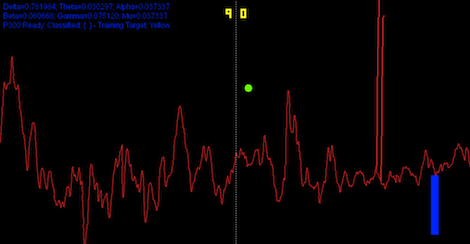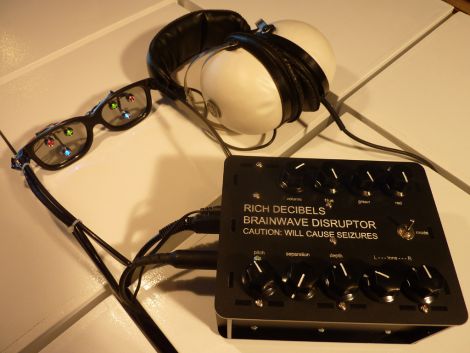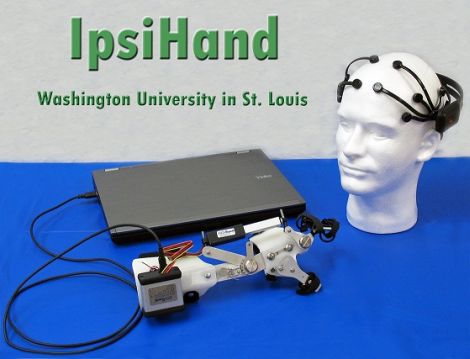[Matt Oehrlein] and [Ed Platt] from the i3 Detroit hackerspace created the Mind Flame project. The project uses Electroencephalography (EEG) sensors from NeuroSky to measure the user’s concentration level. When you’re concentrating hard enough, the Mind Flame launches a giant fireball, which probably breaks your concentration pretty quickly.
Propane is accumulated in tanks, and then released past a hot surface carbide igniter. It looks like an Arduino is used to open the valve, and the result is a massive fireball controlled by your brainwaves.
The Mind Flame was demoed at the Detroit Maker Faire as a competition. Two participants face off to see who can concentrate the hardest and make the device launch three fireballs first. In the future, they want to incorporate new competitive elements. One example is placing wooden houses in the line of fire, and letting opponents try to burn down their adversary’s house before their’s is set ablaze.
You can check out an interview about the project here.
[Via Make]


















